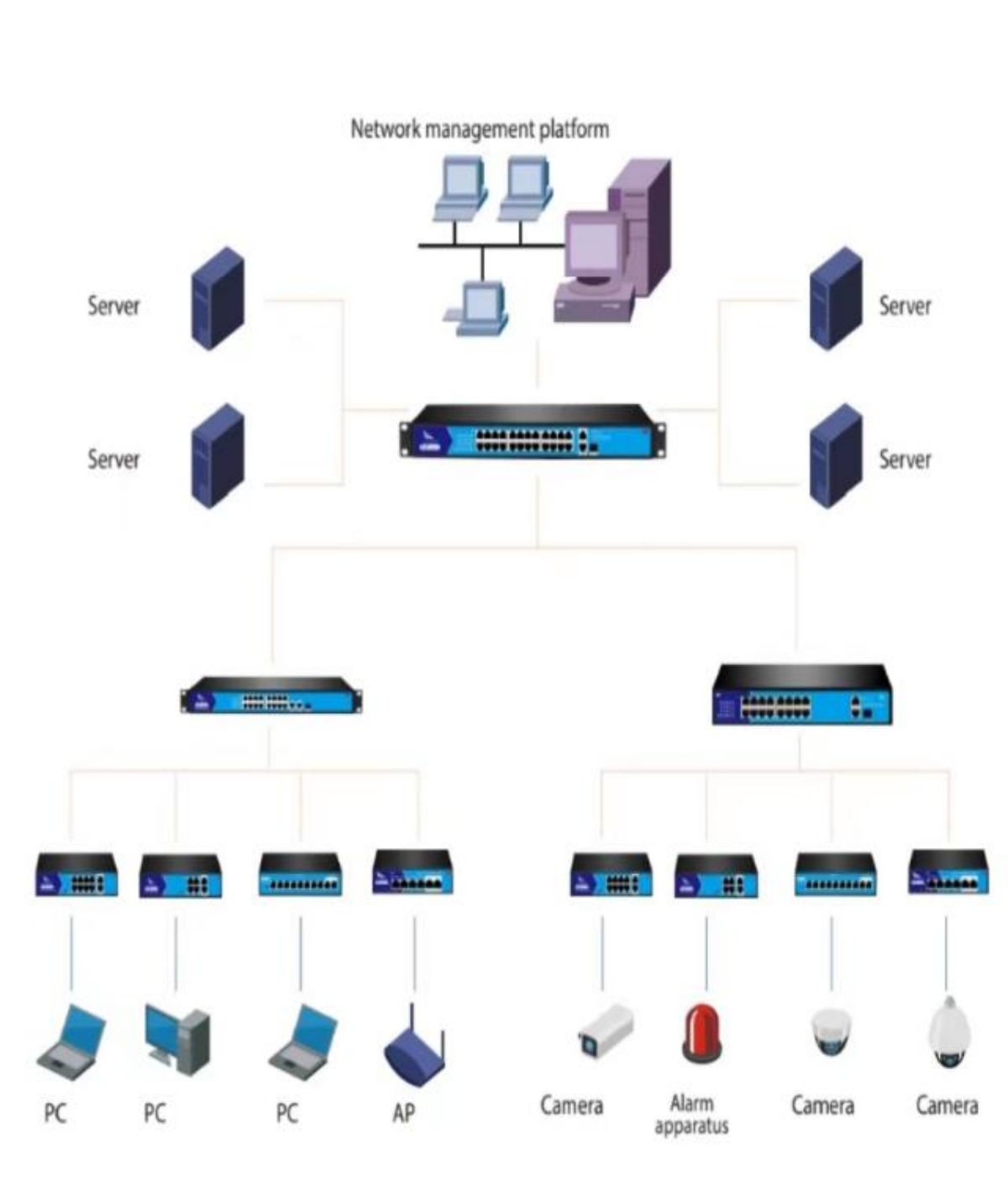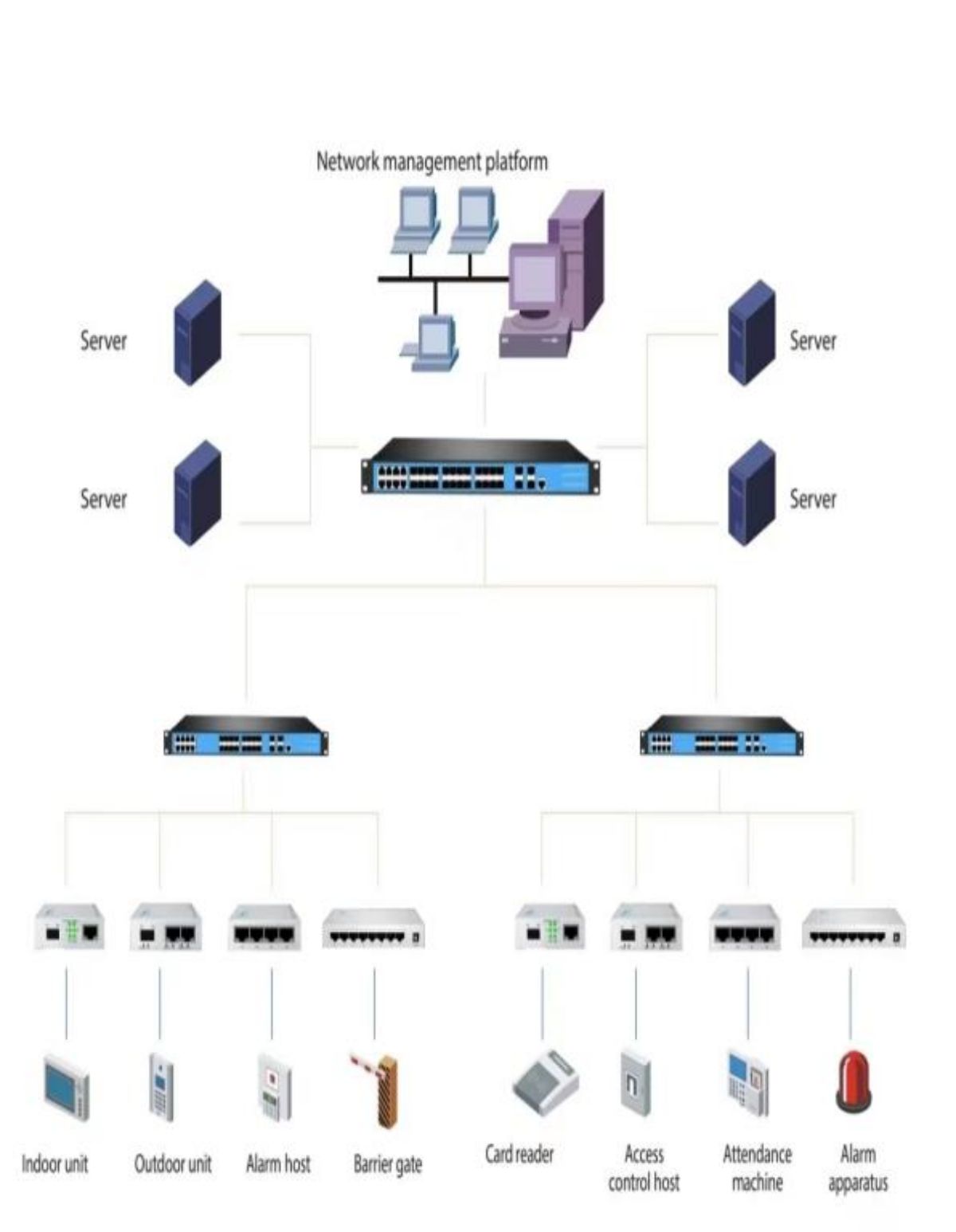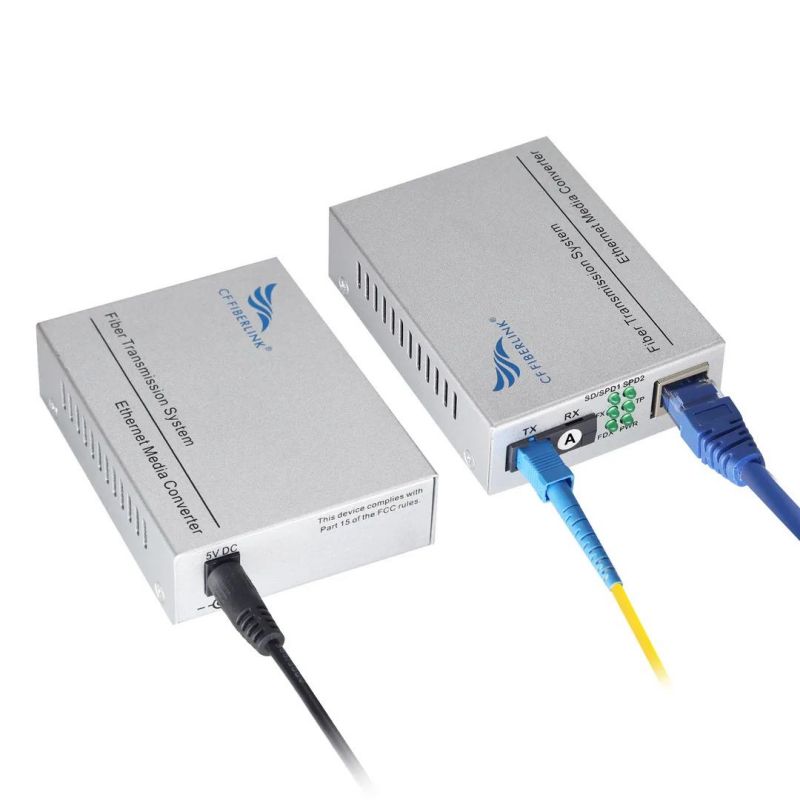When we transmit from a distances, we usually use fiber to transmit. Because the transmission distance of optical fiber is very far, generally speaking, the transmission distance of single-mode optical fiber is more than 10 kilometers, and the transmission distance of multi-mode optical fiber can reach 2 km. In fiber optic networks, we often use fiber optic transceivers. So, how to connect the fiber-optic transceiver? Let's get a idea.
1. The role of optical fiber-optic transceivers
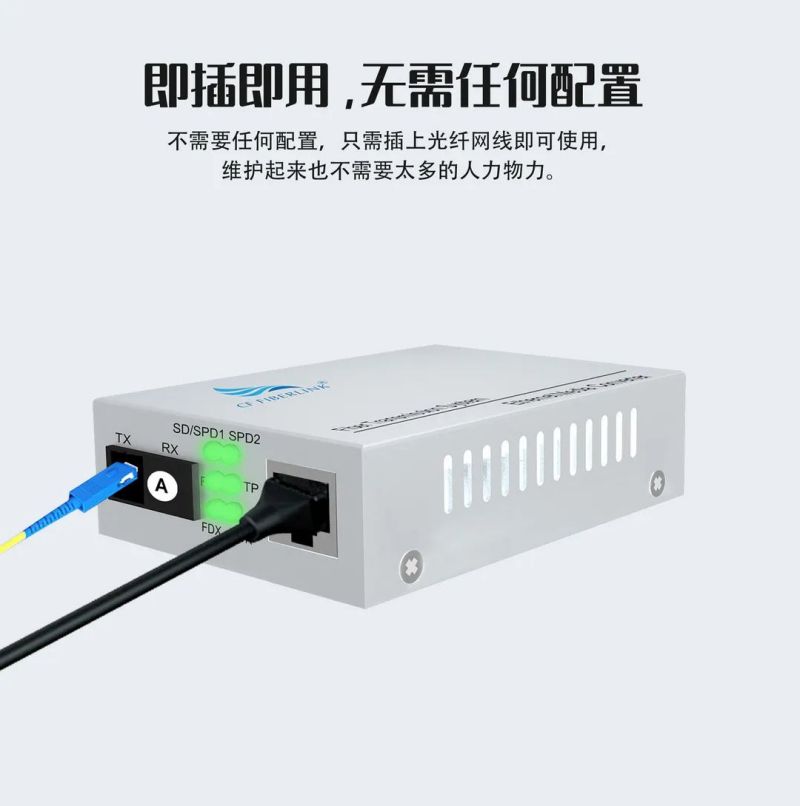
1. Fiber transceiver can extend the Ethernet transmission distance and expand the Ethernet coverage radius.
2. The fiber transceiver can be converted between the 10M, 100M, or 1000M Ethernet electrical interface and the optical interface.
3, using the optical fiber transceiver to construct the network can save the network investment.
4. Fiber optic transceiver makes the interconnection between server, repeater, hub, terminal and terminal more efficient.
5, fiber transceiver has microprocessor and diagnostic interface, can provide various data link performance information.
2. Which one launches or which one receives the fiber-optic transceiver?
When using the optical fiber transceiver, many friends will encounter such a question:
1. Must the optical fiber optic transceiver be used in pairs?
2, optical fiber transceiver has no points, one is to receive one is to send? Or can two fiber transceivers be used as a pair?
3. If the optical fiber transceiver must be used in pairs, must a pair be the same brand and model? Or can you use any combination of any brand?
Many friends may have this question in the process of project use, so what is it? Answer: optical fiber transceiver as photoelectric conversion equipment is generally used in pairs, but also can appear optical fiber transceiver and optical fiber switch, optical fiber transceiver and SFP transceiver pairing use also is normal, in principle, as long as the optical transmission wavelength is the same, the signal encapsulation format is the same and support some protocol can realize optical fiber communication. General single mode double fiber (normal communication needs two fiber) transceiver is regardless of the transmitter and receiving end, as long as the pair can be used. Only the single fiber transceiver (normal communication needs a fiber) will have a separate transmission end and a receiving end.
Whether it is double fiber transceiver or single fiber transceiver has to be used in pairs, different brands can be compatible with interoperability. But the rate, wavelength, and pattern are the same. That is to say, different rates (100 and gigabit), different wavelengths (1310nm and 1300nm) are not can communicate with each other, in addition, even the same brand of single fiber transceiver and double fiber form a pair is not interconnected. So the question is, what is a single fiber transceiver, and what is a double fiber transceiver? What's the difference between them?
3. What is a single-fiber transceiver? What is a double-fiber transceiver?
Single fiber transceiver refers to the use of single-mode optical cable, single fiber transceiver is only a core, both ends are connected to the core, both ends of the transceiver using different light wavelengths, so it can transmit light signal in a core. Double fiber transceiver is the use of two core, a send a receive, one end is hair, the other end must be inserted in the port, is the two ends to cross.
1, single fiber transceiver
The single fiber transceiver should realize both the transmitting function and the receiving function. It uses the wave division multiplexing technology to transmit two optical signals of different wavelengths in an optical fiber to realize the transmission and reception.
So the single-mode single-fiber transceiver is transmitted through a fiber, so the transmitting and receiving light are transmitted through a fiber core at the same time. In this case, two wavelengths of light must be used to achieve normal communication.
Therefore, the optical module of single-mode single-fiber transceivers has two optical wavelengths, generally 1310nm / 1550nm, so the two terminals of a pair of transceivers will be different. One-end transceiver transmits 1310nm and receives 1550nm. At the other end, it emits 1550nm and receives 1310nm. So convenient for users to distinguish, generally will use letters instead. End A (1310nm / 1550nm) and end B (1550nm / 1310nm) appeared. Users must be AB paired to use, not AA or BB connection. AB is only used by single fiber transceiver.
2, double fiber transceiver
The double fiber transceiver has TX port (transmitting port) and RX port (receiving port). Both ports have the same wavelength of 1310nm, and the reception is 1310nm, so the two parallel optical fibers are used for cross connection.
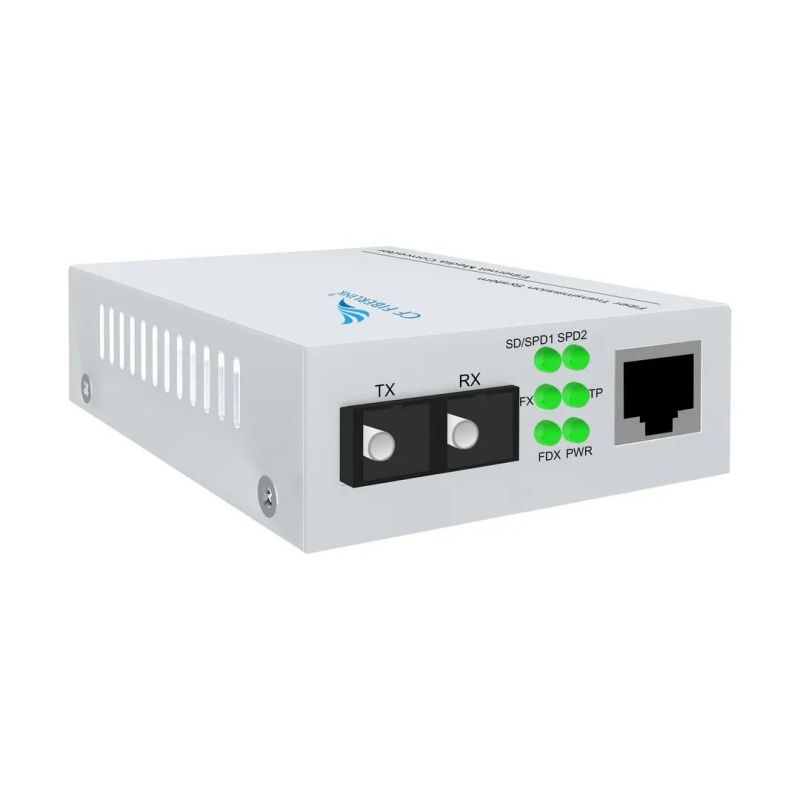
3, how to distinguish the single fiber transceiver and double fiber transceiver
There are two ways to distinguish single fiber transceivers from double fiber transceivers.
① When the optical fiber transceiver is embedded in the optical module, the optical fiber transceiver is divided into single fiber transceiver and double fiber transceiver according to the number of the connected optical fiber jumper cores. The single fiber transceiver (right) is connected with a fiber core, which is responsible for both transmitting data and receiving data, while the double fiber transceiver (left) is connected with two fiber cores, one of which is responsible for transmitting data and the other is responsible for receiving data.
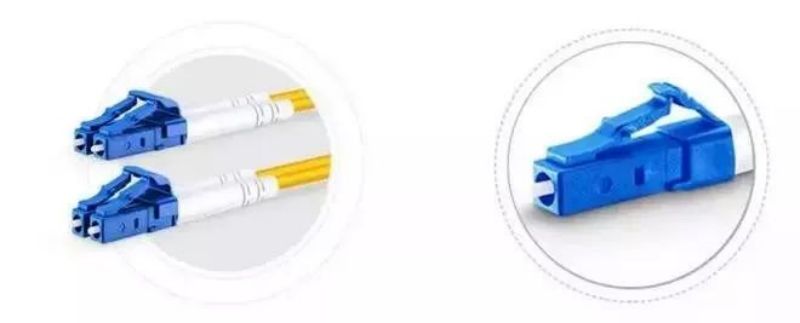
② When the optical fiber transceiver has no embedded optical module, it is necessary to distinguish whether the single fiber transceiver or the dual fiber transceiver according to the inserted optical module. When the optical fiber transceiver is inserted with single fiber bidirectional optical module, that is, the interface is single type, this fiber transceiver (right); when the fiber transceiver is inserted with double fiber bidirectional optical module, or the interface is duplex type, the transceiver is double fiber transceiver (left figure).

4. The light and connection of optical fiber transceiver
1. indicator light of optical fiber transceiver
For the indicator light of the optical fiber transceiver, you can understand it through the following picture.
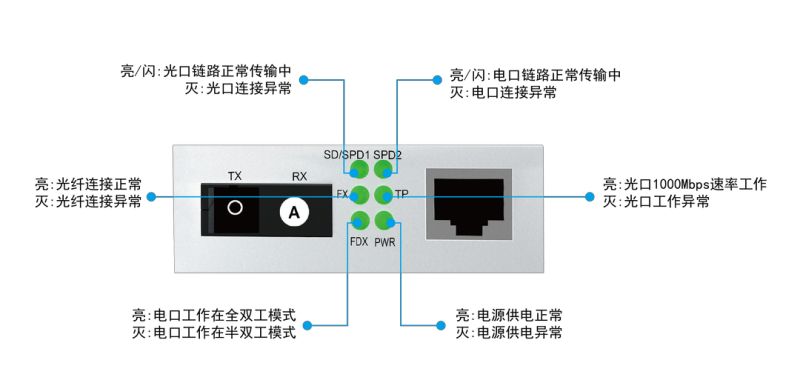
2. Connect of optical fiber transceiver
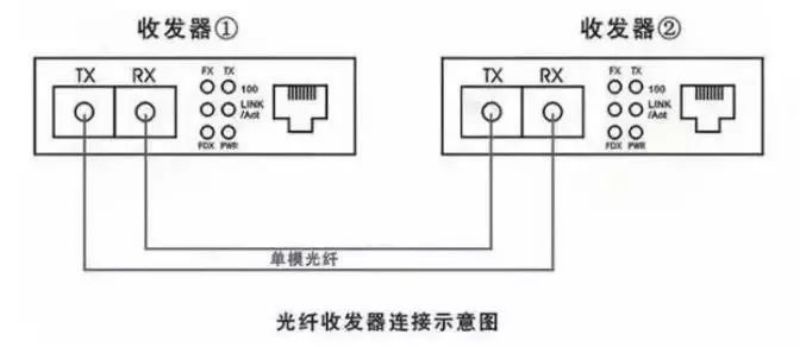
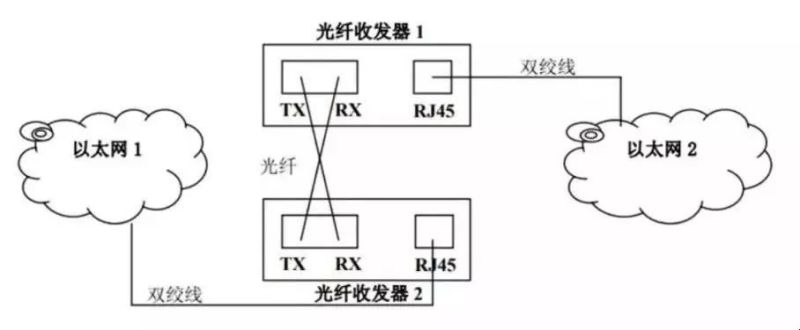
principle

Point-to-point application

The application of centralized optical fiber transceiver in remote monitoring
Post time: Dec-01-2023


